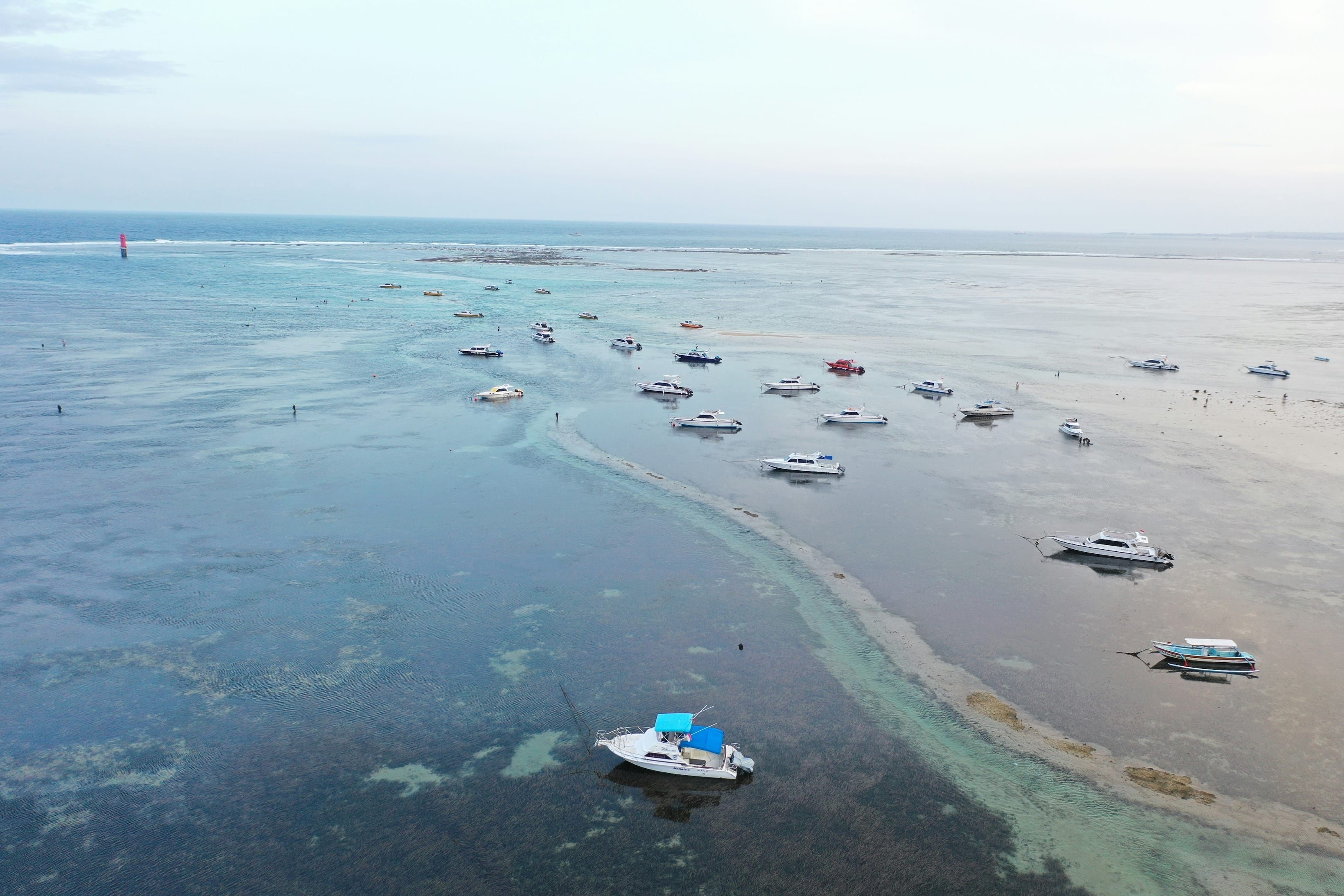
A recent study found alarming levels of fibreglass (GRP) particles—from boat maintenance and aging vessels—embedded in the tissues of oysters and mussels, proving the material has entered the marine food chain. This hidden pollution threatens both coastal ecosystems, which rely on these filter feeders, and human food safety, underscoring the urgent need for better recycling infrastructure and new sustainable boatbuilding materials.
For decades, Glass Reinforced Plastic (GRP), better known as fibreglass, has been the go-to material for boatbuilding. It is strong, affordable, and incredibly durable. Yet today, that very durability has become part of a growing environmental problem. As aging boats crumble and maintenance activities release clouds of fine dust, fibreglass is quietly becoming a global marine pollutant—and scientists are now discovering just how deeply it has infiltrated ocean ecosystems.
A recent study led by researchers at the Universities of Brighton and Portsmouth has uncovered compelling evidence that fibreglass pollution is entering the marine food chain. Their work focused on oysters and mussels collected near a busy boatyard in Chichester Harbour, a biologically rich and protected estuary on England’s south coast.
Using highly sensitive micro Raman spectroscopy, the research team found particulate glass embedded within the soft tissues of the shellfish. The numbers were alarming:
Even more concerning, the highest levels appeared during winter—the season when boat sanding, cutting, and repair work are at their peak, greatly increasing the release of fibreglass dust into the environment.
Dr. Corina Ciocan, a marine biologist involved in the study, described the results as revealing a “disturbing level of GRP contamination in marine life,” warning that they represent a hidden but serious environmental threat.
Oysters and mussels, known as bivalves, act as natural filters in their ecosystems. They remain fixed in one place and pull large volumes of water through their bodies to feed. This makes them particularly prone to accumulating microscopic particles—including fragments of fibreglass.
Researchers believe that ingesting these particles may impair the animals’ digestive systems, creating physiological stress that can weaken or even kill them. Since these species play a crucial role in coastal ecosystems and are widely consumed by humans, their contamination raises additional questions about food safety.
Professor Fay Couceiro, part of the research team, notes that the long-term effects on humans remain unknown. Further studies are urgently needed to determine whether fibreglass particles can move up the food chain—and what risks they might pose to human health.
The issue goes far beyond accidental dust from boat repairs. Since the 1960s, GRP has become the dominant material for small and medium-sized boats. Today, an estimated 80% of vessels under 20 metres are made of it.
But GRP is notoriously difficult to recycle. It is a composite material made of a plastic resin reinforced with glass fibres, sometimes mixed with additional fillers. Most end-of-life fibreglass boats end up in landfills—or worse, abandoned, burned, or illegally dumped at sea. Islands and coastal communities face the greatest challenges, lacking space and facilities to manage the growing number of derelict boats.
When GRP hulls break down, they shed more than just glass particles. Paint layers, including polymer coatings and anti-fouling paints, can contribute additional microplastics, heavy metals, and biocides to the environment.
The findings highlight an urgent need for new policies and better disposal infrastructure. Researchers emphasize that improved access to regulated boat maintenance facilities, such as properly equipped slipways, can help reduce uncontrolled fibreglass dust releases.
On a larger scale, governments, boatbuilders, and environmental agencies must work together to develop feasible recycling technologies and enforce responsible end-of-life boat management practices.
As Professor Couceiro puts it, “We have to address this issue head-on to protect our marine ecosystems and ensure a healthier future for our oceans.”
Our view at Discovery Technologies part of the solution lies in a change in build practices from GRP to the latest advancements in recyclable composite materials.
In any event, the message from scientists is clear: if we fail to act, fibreglass pollution will continue to accumulate—silently threatening marine life, ecosystems, and potentially our own health. The time for sustainable, global solutions is now.
A copy of the paper can be found here
https://www.sciencedirect.com/science/article/pii/S0304389424011981?via%3Dihub